This is just a small selection of the many venues that we can offer for your event.
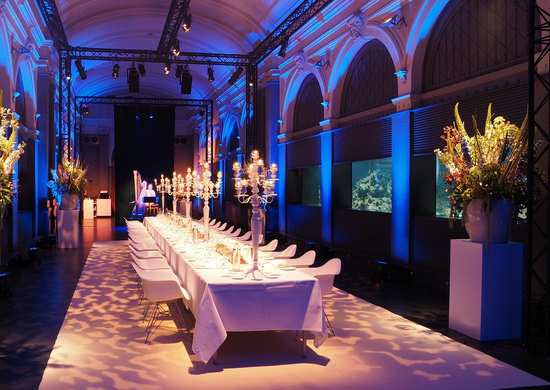
Artis Amsterdam Zoo
The historic location of Artis Amsterdam Zoo and it’s famous aquarium means choosing anunconventional venue. We have no standard packages, every event is unique in it’s own way.
The event will be designed according to your preferences, enhanced by our experts, and set the price. A guided visit after closing hours to different parts of the zoo can be one of the extra options to make your event unforgettable.The location can be reached by bus, car or by canal boat.
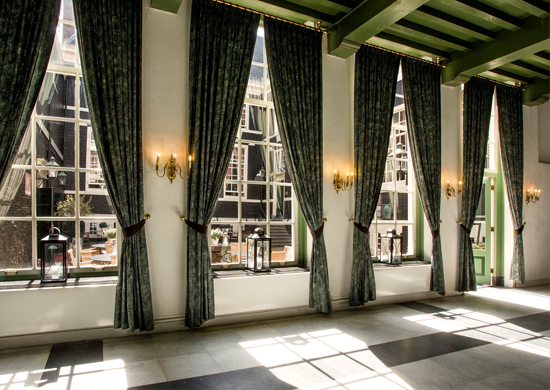
West Indisch Huis
The long, rich history of this building, located in the center of Amsterdam, starts in 1617. Until 1623 the ground floor was used as a meat market, with rooms above for ‘De Schutterij’, the city militia that had to watch over the safety of Amsterdam. The house owns its name to the period between 1623 and 1647 when “De Heeren Negentien” wielded over the Dutch West Indian Trading Company.
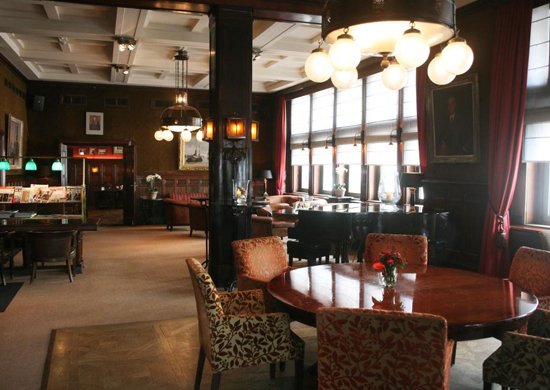
Koninklijke Industrieele Groote Club
De Industrieele Groote Club (IGC) is an active business club and society with a glorious history. The Club is established in the monumental 'Industria' building on Dam Square, along the vibrant heart of Amsterdam and the business and cultural centre of the Dutch capital. The original interior contributes to the exclusive ambiance. You are surrounded by art and culture and by a varied and lively gathering of people from the business world and other sections of society. The Club features a bar and a restaurant with excellent cuisine. The service is professional and the atmosphere can be described as open and welcoming. This particular atmosphere, interesting activities, good cuisine, an extensive wine list, the right people and the personal approach will make you feel at home at the Koninklijke IGC.
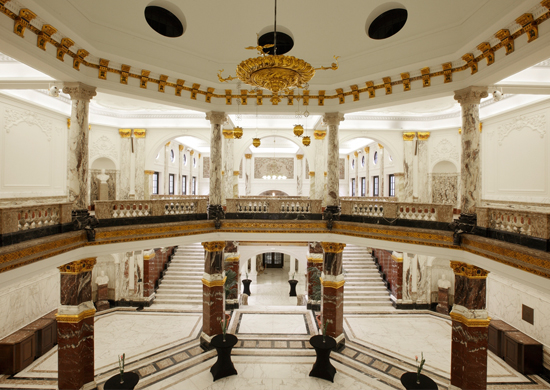
Tropenmuseum Marble Hall
In 1926, when the current building in the east of Amsterdam was inaugurated as the Colonial Institute, the collection already included 30,000 objects as well as a substantial number of photographs. A variegated whole, mainly brought together by private donations and donations from explorers, travellers and scientists.
Marble Hall
The imposing octagonal Marble Hall - which serves as the foyer to the KIT building is centrally situated to the other rooms. It is ideally suited as a reception area or networking venue. It is also an elegant choice for dinners and receptions.
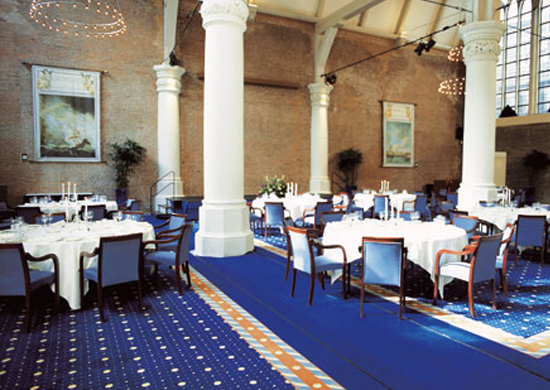
St. Olof’s Chapel
St. Olof’s Chapel is the oldest chapel of Amsterdam. The first chapel was built in 1440 to protect the entrance routes from the west. The patron saint was Saint Odulphus from the Dutch province of Brabant, patron saint of the dykes. After the alteration, the church was empty for a while. After that in 1586 the building had many uses; an event location, a stock exchange, a cheese market and a church. In 1967 Foundation Hendrick de Keyser bought the church. Since there was a lack of money, nothing happened and the church eventually burned down.
Until 1991 nothing was done with this place, and the municipality paid for the reconstruction of the chapel together with the Barbizon Hotel. It took a few years to rebuild everything and get the graves replaced. Today it is one of the most emblematic venues in Amsterdam’s historical centre that can be used for gala dinners, meetings and concerts.

Koepelkerk Amsterdam
The Ronde Lutherse Kerk or Koepelkerk is a former Lutheran church in Amsterdam, located at the Singel. The church can be easily seen from the Singel by its copper dome. The church was designed by Adriaan Dortsman (ca. 1636-1682) and was opened in 1671. The organ was built by J. Batz in 1830 and it was restored in 1983 by Flentrop Orgelbouw. In 1882 it was rebuilt after a fire. In 1935 the Lutherans left the building and it became a concert hall.
In 1975 a tunnel was built by the neighboring Sonesta Hotel, today called the Renaissance Amsterdam Hotel, for its own access. The hotel rents the church from the Lutheran church which is still the owner today. In 1983 the church was closed for a long period of restoration, but ten years later in 1993 the dome burned again. The church was again restored.

Posthoornkerk
The neo-Gothic Posthoornkerk is the first church in Amsterdam created by renowned architect P.J.H.Cuypers, who would later design Centraal Station and the Rijksmuseum. The church, a crossshapedbasilica with a three-way nave and clover-shaped choir, had to be built on a small space. As a result, the second gallery was built on top of the first. The construction started in September 1861.
By the 1980's, the church was no longer in use and was nearly demolished. This was prevented in 1986 by a plan drawn up by the Posthoornkerk Foundation. Since its restoration and reconstruction, the church has been rented out as office space, and is used as a location for weddings, receptions and dinners.

